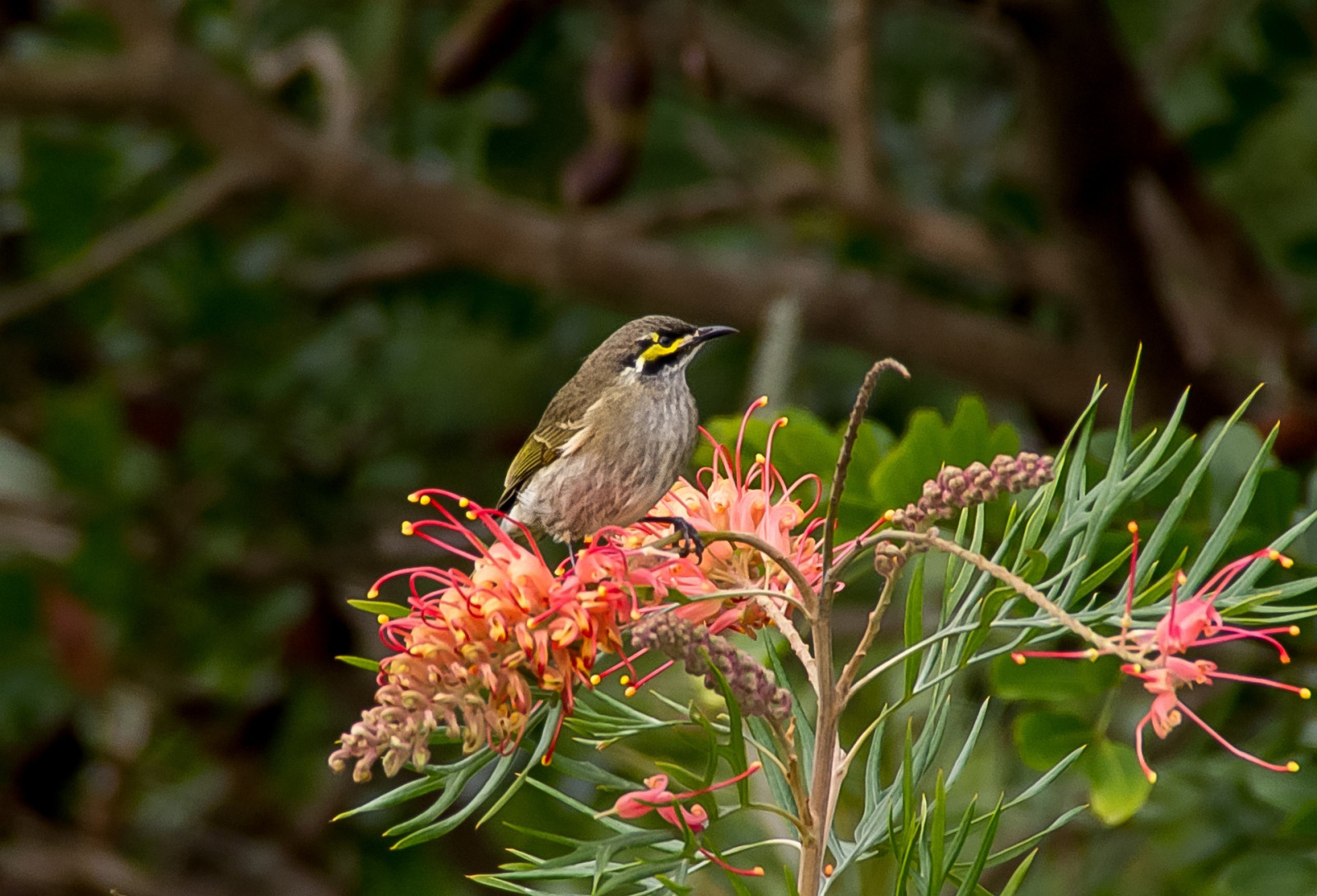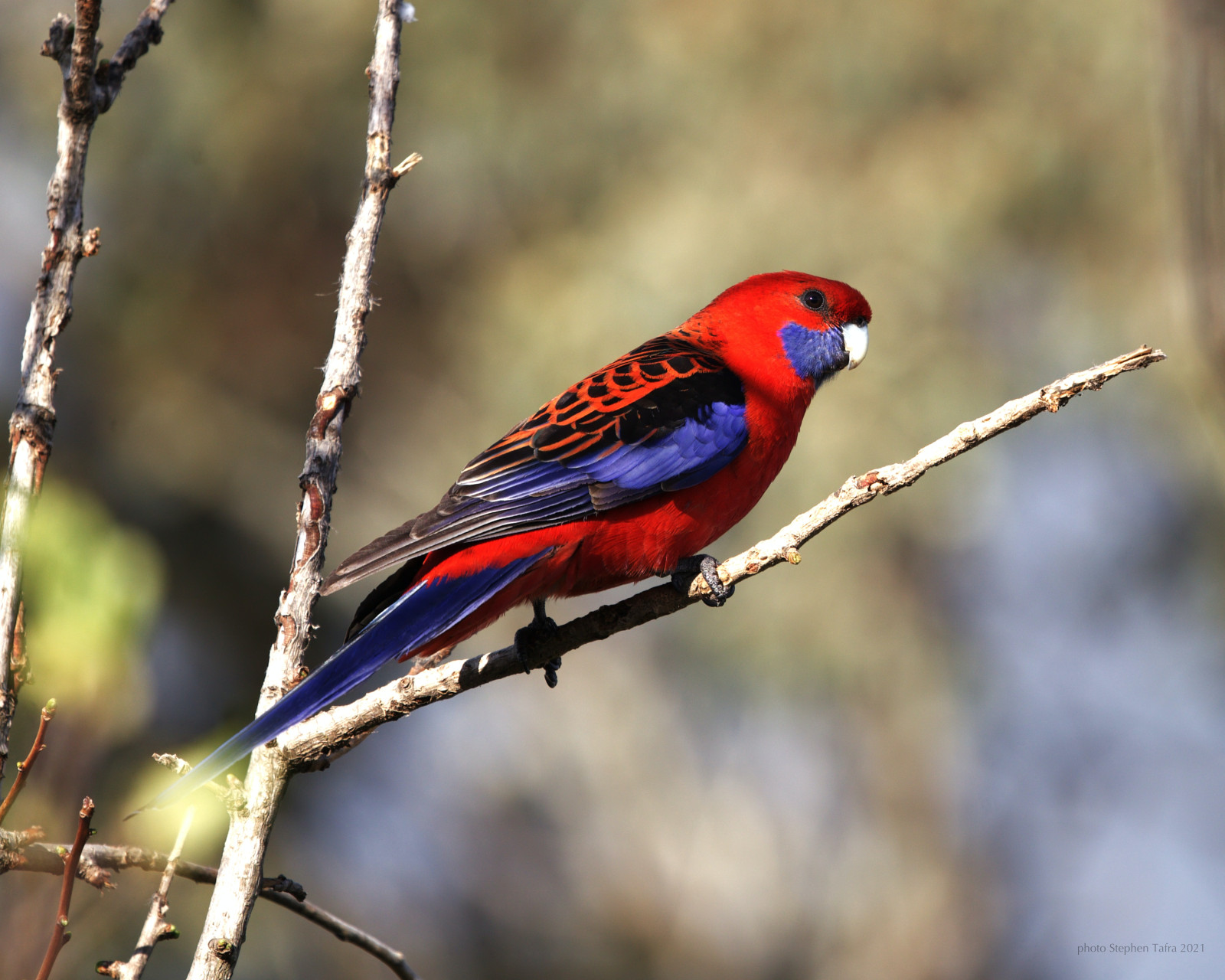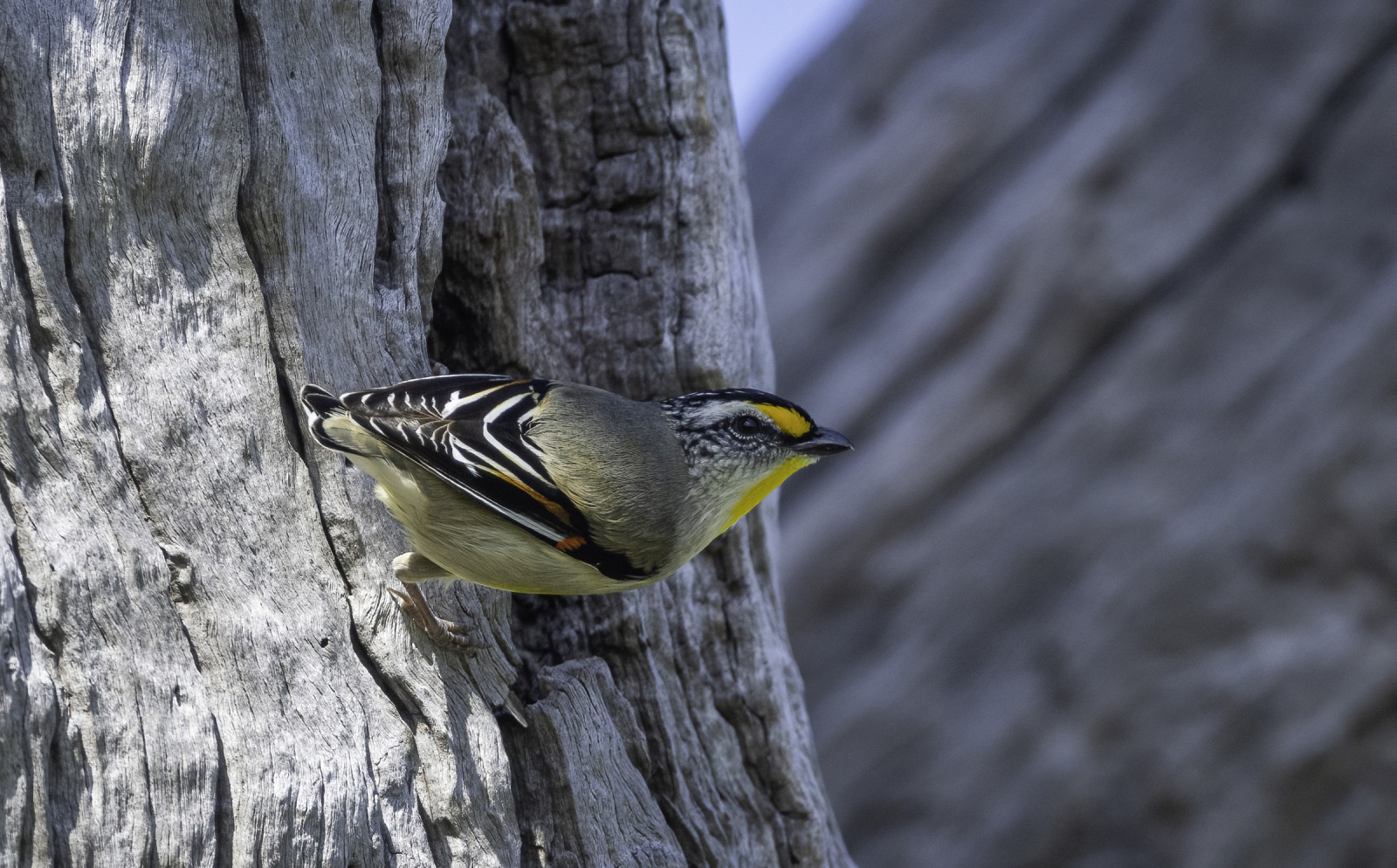Charger images
Les formats d'image autorisés sont de type jpeg, png ou gif
La taille maximale du fichier doit être de 20MB



Protected area of 396 hectares that has a steep, undulating terrain that leads into the creek bed of Spring Gully. The park attracts many birds.
Spring Gully Conservation Park has the only Red Stringybark Woodland in South Australia. This merges into Long-leafed Box Low Woodland on the more rugged slopes. From Blue Gum Lookout take a walk through grassy woodlands to a seasonal waterfall that plunges from a height of 18 metres after rain. Many parrots, kookaburras and smaller birds make their home in Spring Gully. Common species include Crimson Rosella, Laughing Kookaburra, Yellow-faced Honeyeater, Striated Pardalote, Buff-rumped Thornbill, Grey Shrikethrush and White-winged Chough. Less common species include Painted Buttonquail, Crested Pigeon, Rainbow Bee-eater, Inland Thornbill and Red-capped Robin.
The Spring Gully Conservation Park is located 130 km north of Adelaide. Along Saw Mill Road about 5 km SW of Sevenhill in the Clare Valley. Click on the P in the map for directions or coordinates.
There are many trails you can follow: Cascades Walk (40 mins return, 1.3km): from Blue Gum lookout to the Cascades. Ridgetop Walk (40 mins one way, 1.2km): suitable for wheelchairs, this walk starts from Red Stringybark car park, following a fire track to the southern boundary of the park. Enjoy spectacular views to the east and west along the way. Wymans Hike (1 hour return, 3 km loop, indicated on the map below): Wymans Hike is an extension to the Cascade Walk, returning to the car park along the northern boundary of the park. Visitors can also walk the existing fire access tracks including the Observation Track and Western Boundary Track. These tracks are steep in sections and are only recommended for fit walkers. When hiking, wear sturdy shoes, a hat and sunscreen and carry enough water.
Votre feedback sera transmis à l’auteur.rice de cette zone et à l’équipe éditoriale de Birdingplaces, qui l’utiliseront pour améliorer la qualité des informations. (Vous souhaitez publier un commentaire visible en bas de page ? Fermez cette fenêtre et choisissez l’Option 1 : « Publier un commentaire, un conseil ou une observation ».)
Veuillez fournir des suggestions d'améliorations ou d'ajouts au texte de ce site ornithologique.
Veuillez fournir vos suggestions d'améliorations ou d'ajouts à la carte.
Veuillez fournir des suggestions d'améliorations ou d'ajouts à la liste des oiseaux.
Cliquez sur l'icône de l'oiseau () Insérez les noms d'oiseau dans votre langue. Ils seront automatiquement traduits pour les autres usagers !